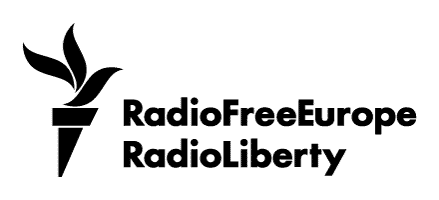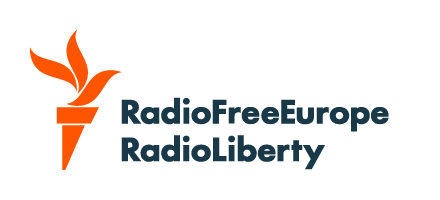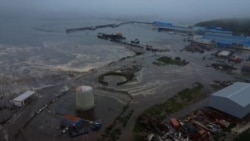A powerful 8.8-magnitude earthquake struck off the coast of Russia's Kamchatka Peninsula early on July 30, triggering tsunami waves, widespread evacuations, and emergency declarations around the Pacific Rim, although the regions appeared to avoid major casualties or damages.
About 11 hours after the temblor, authorities announced the end of the tsunami threat in Kamchatka and the Kuril Islands, although they warned of potential aftershocks that could renew the tsunami danger.
The quake, which originated 119 kilometers east-southeast of Petropavlovsk-Kamchatsky at a shallow depth of 19.3 kilometers, is the strongest seismic event in the region since 1952, according to Russia’s Geophysical Service of the Academy of Sciences.
Tremors were felt across Kamchatka and as far away as the Kuril Islands. Witnesses described intense ground shaking as car alarms blared. Residents rushed into the streets as more than 30 aftershocks followed, including a powerful 6.9-magnitude jolt shortly after the main quake.
Russian state media reported that about 2,700 people were evacuated to safe areas on the Kuril Islands, including about 600 children.
Power outages were reported across Kamchatka and Sakhalin. Authorities say the power grid in Sakhalin sustained damage, and electricity remains shut off in several districts.
In Kamchatka, several buildings were damaged, including the airport terminal, while the wall of a kindergarten collapsed, with no causalities.
The earthquake, initially measured at magnitude 8.0, was later upgraded to 8.8 by the U.S. Geological Survey. Its impact extended far beyond Russia, with tsunami warnings issued as far south as the Galápagos Islands and across the entire Pacific coast of the Americas.
The seismic event triggered a series of tsunami waves that struck coastal areas, particularly the port town of Severo-Kurilsk in Russia’s Sakhalin region.
Sakhalin Region Governor Valery Limarenko said no deaths were reported and that most residential structures remained intact.
However, Kamchatka’s Health Minister Oleg Melnikov confirmed several injuries, though none serious.
Tsunami alerts extended across the Pacific, prompting evacuations and warnings in Alaska, Hawaii, California, Oregon, and Japan. In Japan, tsunami waves washed several whales ashore and caused minor coastal flooding. Waves as high as 1.8 meters (6 feet) were reported in parts of Hawaii.
Emergency teams, rescue workers, and medical staff are working around the clock to assess damage, restore services, and assist displaced residents. The authorities have also taken steps to ensure the safety of the public, including issuing evacuation orders and providing emergency supplies.
Russia's Emergencies Ministry confirmed no fatalities but warned that infrastructure inspections are ongoing.
"Our response operations are continuing across the affected zones. The priority is restoring critical systems and ensuring the safety of all residents," the ministry said in a statement.
The earthquake highlights Kamchatka’s location in one of the world’s most active seismic zones—the Pacific Ring of Fire—where tectonic movements frequently generate powerful earthquakes and volcanic activity.
As regional recovery begins, scientists warn that further aftershocks are likely in the coming days. The long-term effects of the disaster, including potential changes in the local ecosystem and the need for continued support for affected communities, are also a concern.
The largest recorded earthquake hit central Chile in 1960, registering at 9.5 magnitude and resulting in more than 1,600 deaths -- most caused by a large tsunami.










